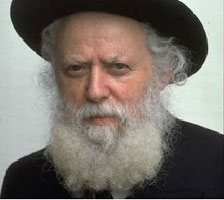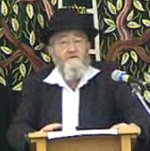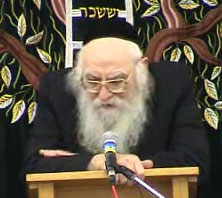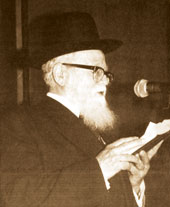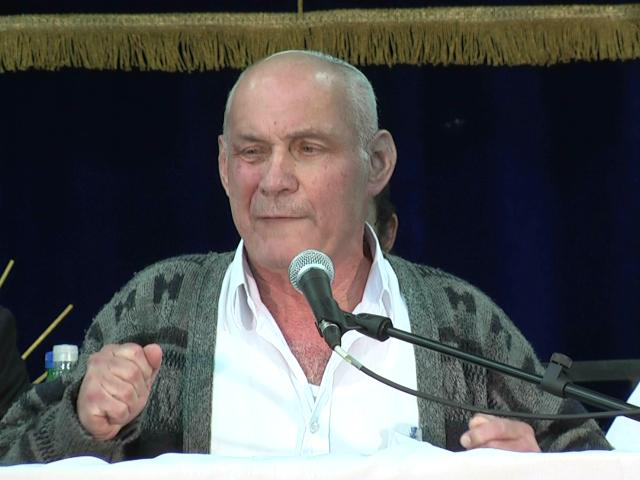Beit Midrash
- Torah Portion and Tanach
- Bamidbar
- Chukat
- Sections
- Chemdat Yamim
- Parashat Hashavua
Yonatan acted in a very different way. After David killed Goliat and thereby saved the nation and was brought before his father, Shaul, Yonatan understood that David would receive his father’s crown instead of Yonatan. Yonatan could have tried to fight destiny, remove David, and restore his own status. Instead, Yonatan removed his cloak and his arms and gave them to David (ibid. 18:1-4). That was Yonatan’s way of showing David that he actively accepted the passing of the status of heir to David.
Let us see another example of clothes as a sign of status. Eliyahu had three identifying elements as a prophet: his hair, a belt on his waist (Melachim II, 1:8) and a special aderet (cloak).
Eliyahu had two primary disciples: Elisha and Yonah ben Amittai (the son of the Tzorfatit, whom Eliyahu had brought back to life). He could not pass on his hair, but Eliyahu did pass on his aderet to Elisha, once temporarily as a sign that Elisha should follow him (Melachim I, 19:19) and once when he was taken up to the heaven (Melachim II, 2:4). Elisha apparently passed on his belt to Yonah, as Chazal tell us that he was the "son of the prophet" who was asked to carry out Eliyahu’s instructions to Elisha, which included girding his loins (see ibid. 9:1).
We see similar phenomena in regard to non-Jewish kings and their Jewish associates. Paroh gave his signet to Yosef and clothed him with special royal clothes to signify his appointment as viceroy (Bereishit 41:42). More than a thousand years later, Achashverosh presented Mordechai with special royal garments (Esther 8:15). So we see that clothes were always a part of transferring authority.
Finally, we should point out that Moshe did not pass on any clothing to Yehoshua when he "left the stage" of history. Apparently, Moshe was on such a high spiritual level that it was not possible to express leadership transfer in such a manner. Rather he passed on hod (some sort of spiritual glow) to Yehoshua (Bamidbar 27:18-20).
May we merit leadership that strives for such levels.



